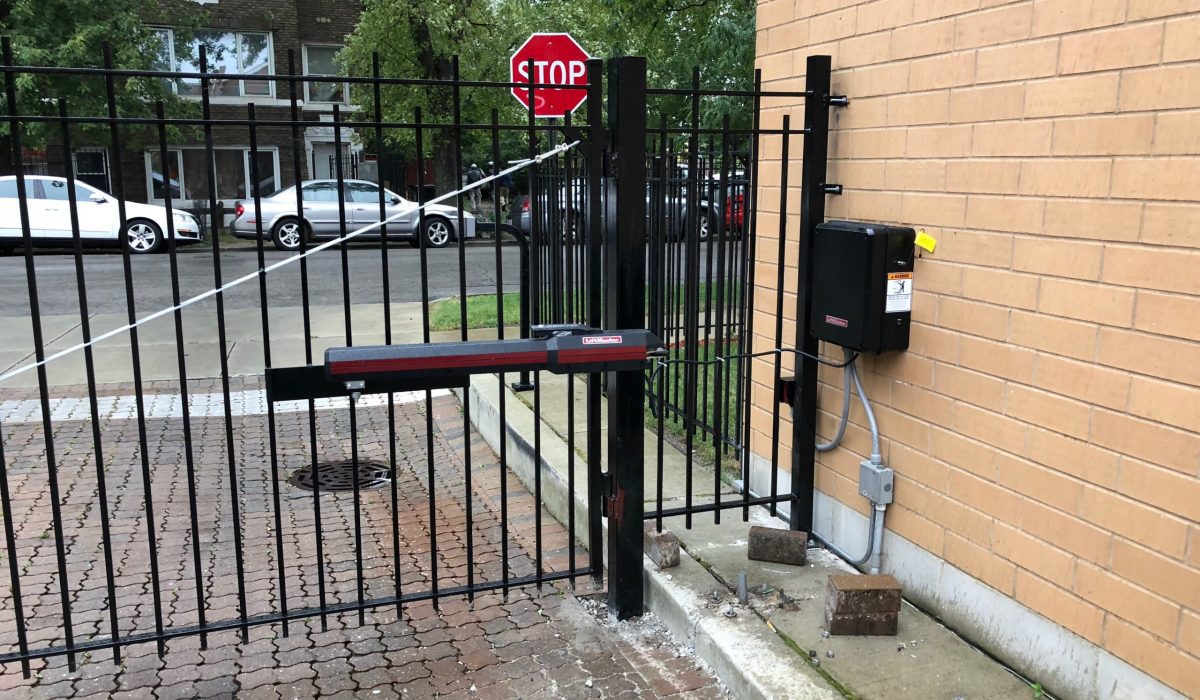Everything about metal profiles
There are many benefits of metal profiles when used in building structures. Metal profiles are lightweight sections of steel hot-rolled by roll-forming machines. Now you have this and even more info to learn Everything about metal profiles. Also we recommend this topic, if you want to learn more All You Should Know About Fencing Permits.
The Best Automatic Security Gates
Types of metal sections
There are different types of metal profiles that can be organized in different ways. One of them is the material and for example, the most common materials are aluminum or steel. If you want more info, you can check What is construction site safety?
What are the properties of structural profiles?
Among the many benefits of metal profiles, we can find many mechanical properties. They change depending on the shape and type of profile used. These are different even in the same type of profile depending on if they have a strong or weak axis.
Also, you must take into account the inertia value. This depends on how contractors distribute the mass in relation to the center of gravity. Most profiles concentrate the steel at the ends.
Advantages of Steel
- The use of steel allows the prefabrication of parts of the structure. Even before construction begins, thus shortening construction times
- Compared to concrete, it is a material that is quite resistant to fatigue.
- It has indefinite durability and with proper maintenance, it can last a lot.
- This material allows adjustments, make corrections or modifications during construction.
Disadvantages of Steel
- This is a material that can contract or expand in cold or heat. So, it is an important aspect to consider in its installation.
- Its installation must be well planned to avoid any type of corrosion. Iron is a heat conductor, so in case of fire the heat spreads to the whole structure and the material can become soft.
- It is very resistant, which allows using less material without compromising its resistance. But this increases the possibility of elastic buckling.






